The Royal Armouries
Rather to my surprise posts about my travels seem to go down quite well, according to the number of views they got last year. So this week I’m writing a little about a recent visit to Yorkshire.
The Royal Armouries moved out of London to Leeds in 1996. Sadly this makes it inconvenient for me to get to, but I made a special trip just before Christmas.
It’s an amazing museum, purpose-built to house one of the world’s great collections of arms and armour. The Hall of Steel, six floors of hardware, is an impressive introduction.
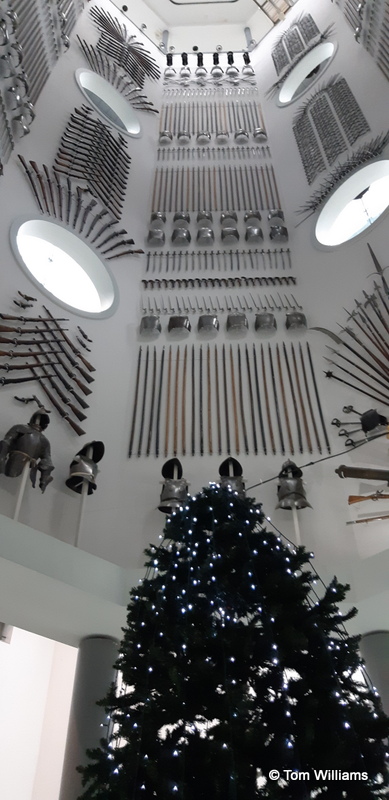
There are some stunning examples of European armour like this one.
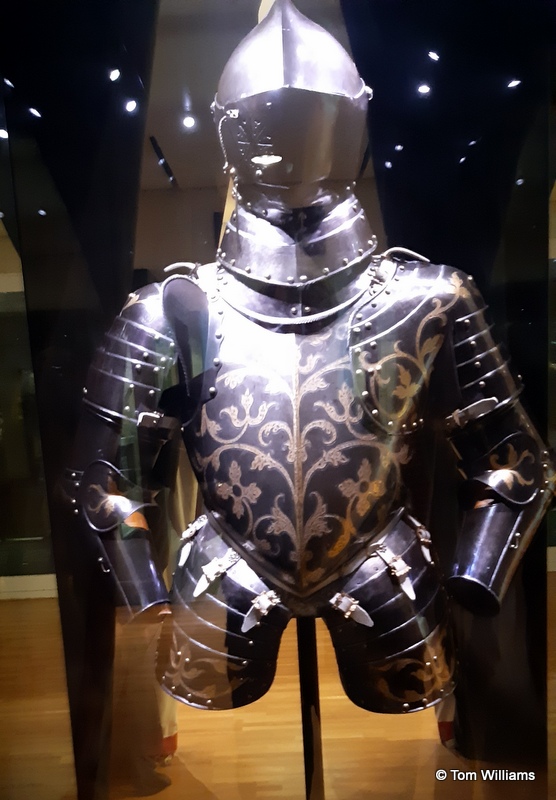
This was made as a Christmas present to the Elector Christian I of Saxony from his wife, Sophia, in 1591. Sadly, despite repeated hints, I didn’t find a similar half-armour under my tree on Christmas Day.
Beautiful as the European arms and armour are, my real interest is in Eastern weaponry and the Armouries have a lovely (if rather hidden away) collection. I’ve written on my old blog about kris. Kris are a Malay weapon and feature in my first book, The White Rajah. They are fascinating weapons, but there aren’t that many on display in UK museums. The Royal Armouries, though, have some lovely examples including a Balinese kris. I have seen people dancing with kris in Bali, but the faceted hilt was new to me.
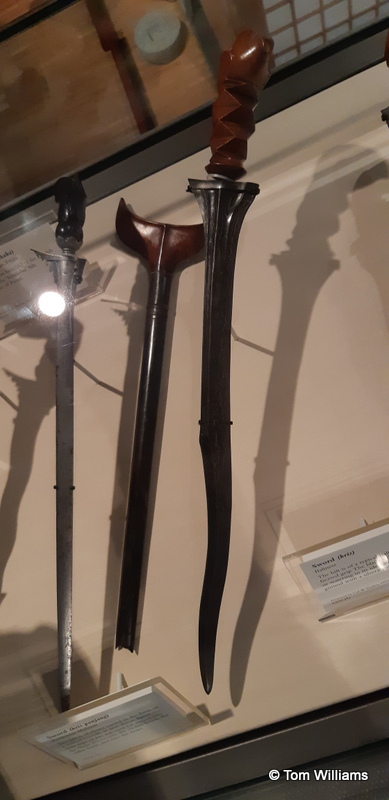
There were some other examples of weaponry from the world of The White Rajah, including a sharply angled parang from the Philippines.
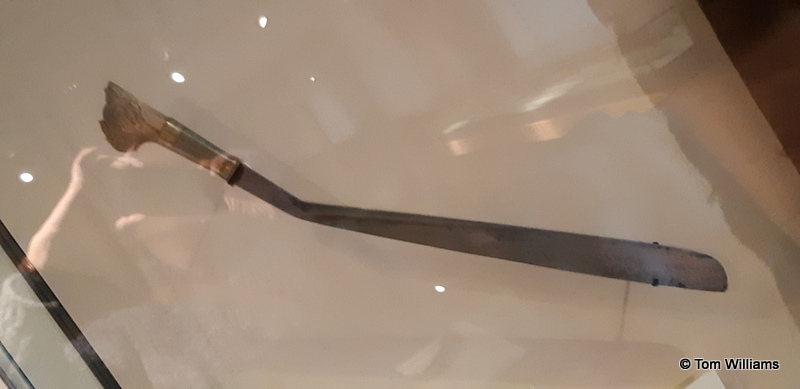
In The White Rajah there is mention of the padded body armour the Malays wore, but this is the first time I have seen the armour worn by the Moro people of the Philippines. The Armouries describe it as “unique”, which seems highly likely. It’s a mail and plate construction with the plates made of horn and the mail of brass. The Armouries suggest that the style derives from the armour of the mediaeval Islamic world.
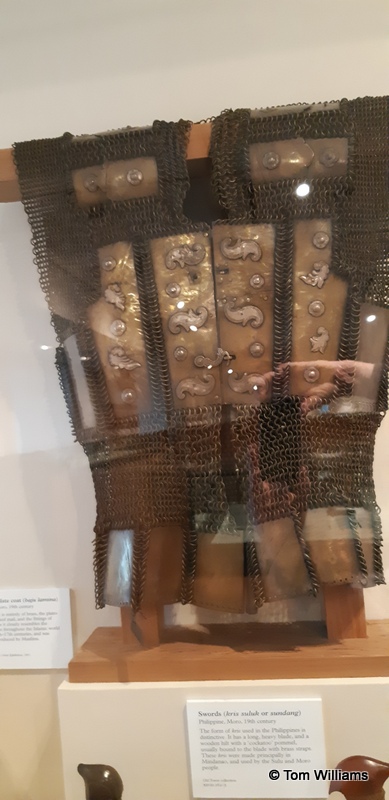
The armour is accompanied by shields described as “captured from ‘Sea Dyak pirates’” in 1848 – presumably in some of the encounters described in The White Rajah. I was quite excited to see them.
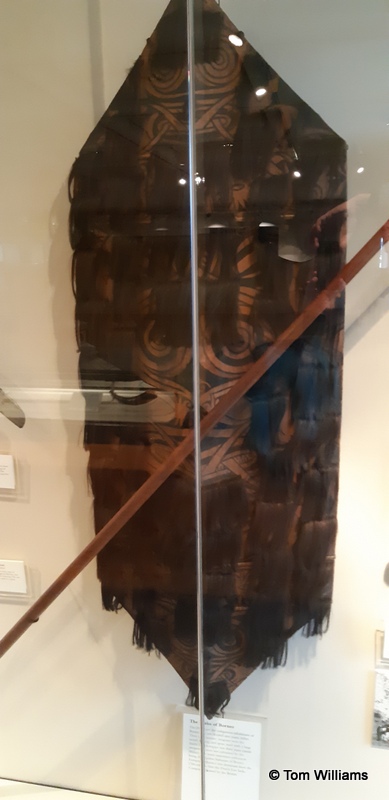

Moving from the world of The White Rajah to India, there are a few nice examples of Indian weapons. They include tulwar swords and peshkabz daggers. These featured in my old blog back in 2016 if you are interested in reading more about them.
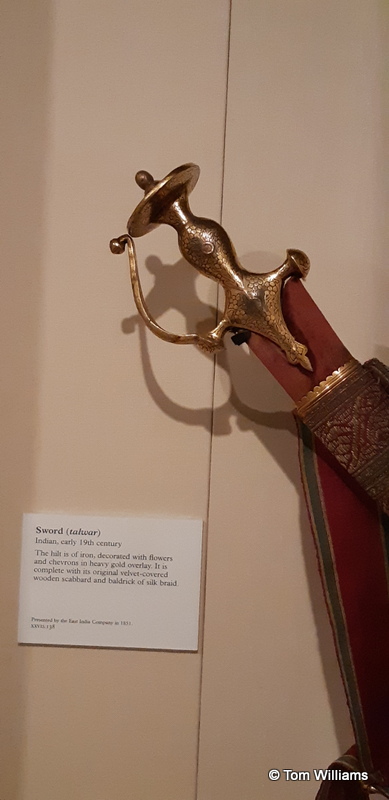
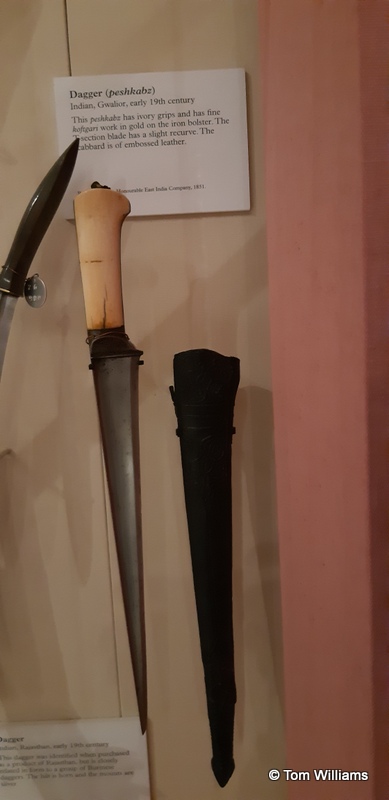
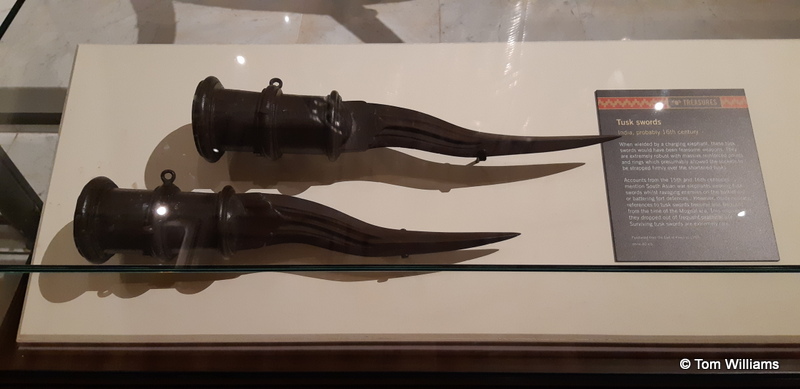
The strangest Indian edged weapons (which definitely do not feature in any of my books) are a pair of tusk swords (above), which were fitted to the tusks of war elephants. (There’s a display of a full set of protective armour for a war-elephant too, mounted on a model elephant. It is, to put it mildly, impressive.) There is a display devoted to the Indian Mutiny, which I enjoyed given that Cawnpore is set in the middle of that conflict, but the weaponry shown there is not particularly interesting.
One of the things that makes kris particularly interesting is the watering in the blade . You can see this very clearly in this example from the Royal Armouries.
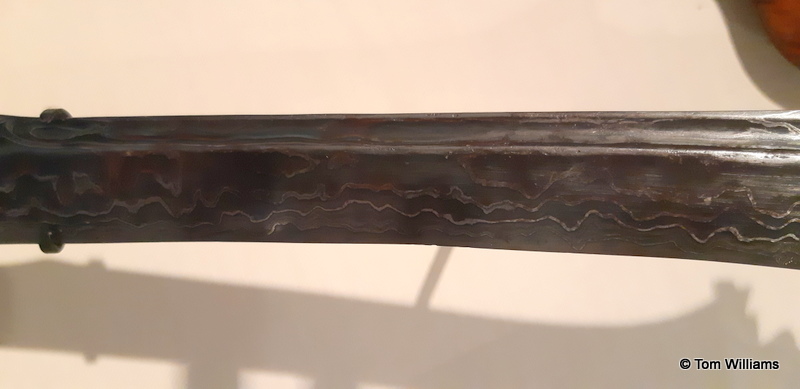
This is caused because the blade is made of strips of iron and steel together steel is hard but brittle, the iron softer. Mixing the two can produce the ideal blade, given the limitations of the technology for making steel at the time that the swords were made. (If you want a more detailed discussion of the technology of this, there’s one on my old blog HERE.) Anyway, I mention this now because while I was in Yorkshire I went to see the Jorvik Viking museum in York, which is a lovely museum and well worth a visit if only to admire a sock that is over a thousand years old.
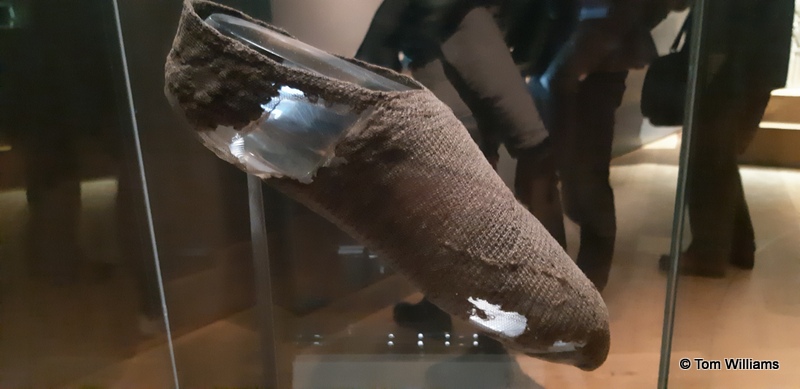
Given my interest in swords, though, I particularly admired this one, which was found not in York, but in Windsor. I had a long chat with one of the experts there who said that it was probably made by a particularly good swordsmith and that it would have been owned by someone of high status. You can see that, like the kris, it is made of strips of different metal – some almost pure iron, some carbonised to steel. After centuries in the ground, rusting has eaten away the edges of these strips, making it very clear how the sword was made. So here we have two swords, literally half a world and hundreds of years apart, both made using very similar technology.
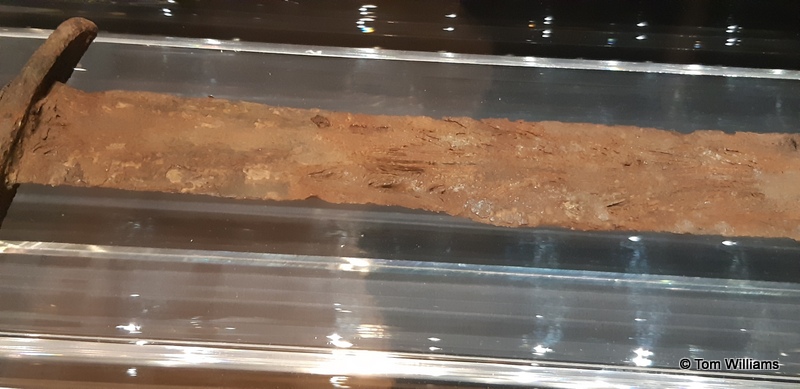
I could go on about Chinese swords
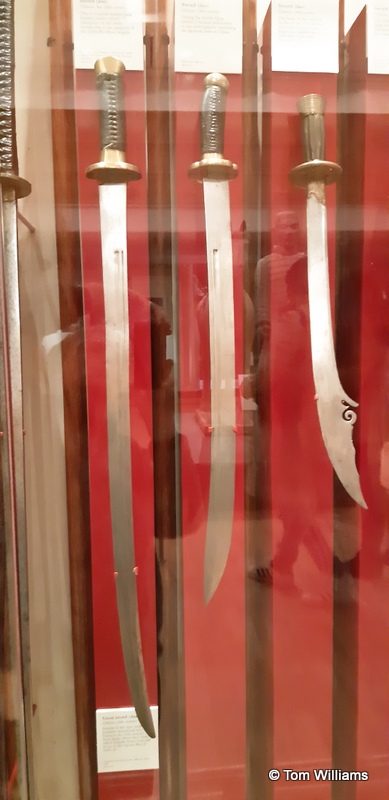
Nepalese kukris
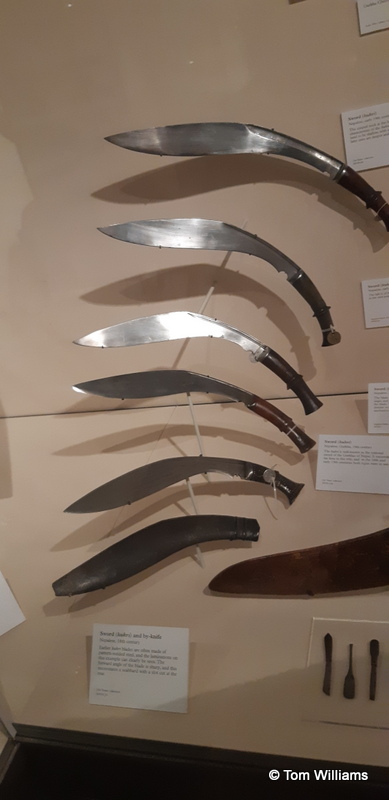
Or even this rather lovely specimen from Burma.
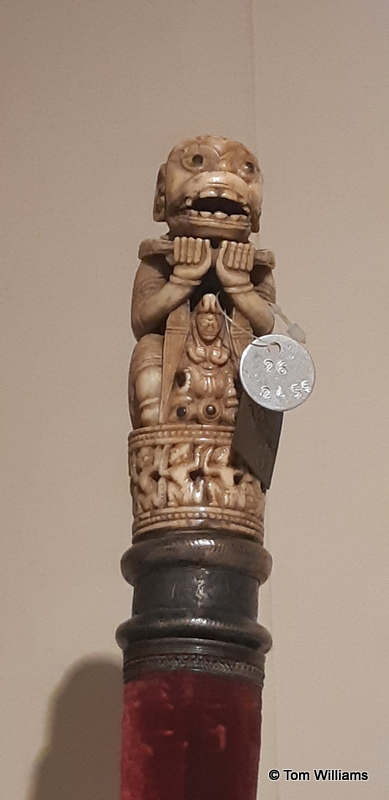
Not everyone, though, shares my fascination with swords. I’ll stop now.
If anyone does want more about arms or armour, do feel free to say so in the ‘Comments’ below.
